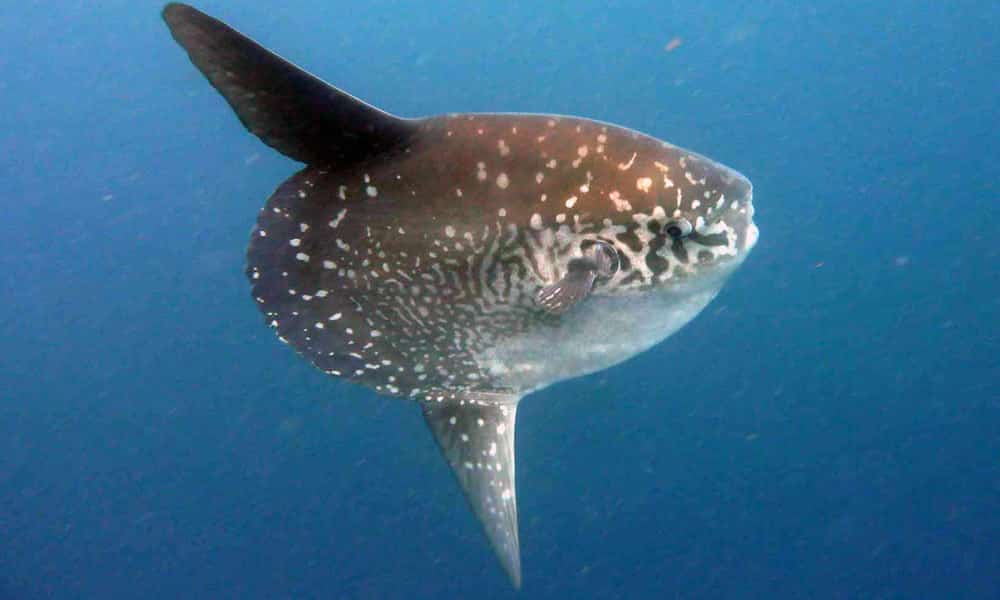With Ceningan Resort tucked away between the Nusa island mangroves you have a good chance of spotting some fascinating island wildlife. There is enough to see for nature seekers and wildlife enthusiasts. Not only below but also above the waves. You only may have to search a bit harder or need to be more patient compared to when you experience all the schools of fish passing by.
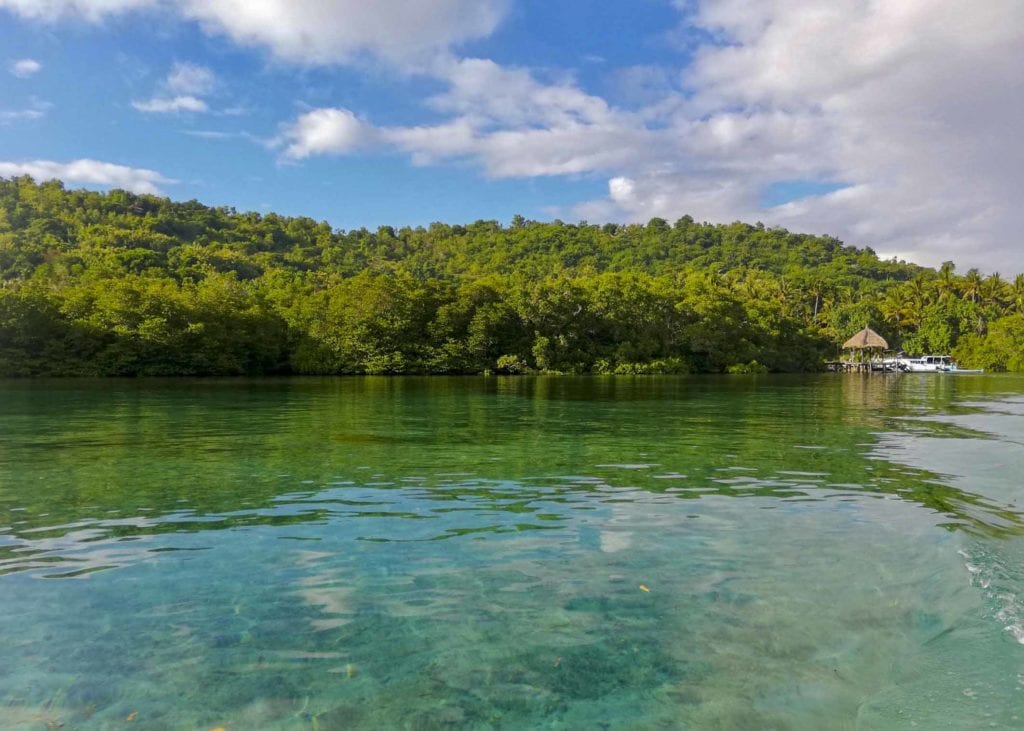
In our previous blog post on the birds you can see in the Nusa island mangroves, we’ve covered some to the typical coastal bird species you may find along Nusa Lembongan and Nusa Ceningan’s coastline. Now we take a deeper look at some other hidden creatures you may come across. Let’s dive into the hidden world between the mangrove trees!
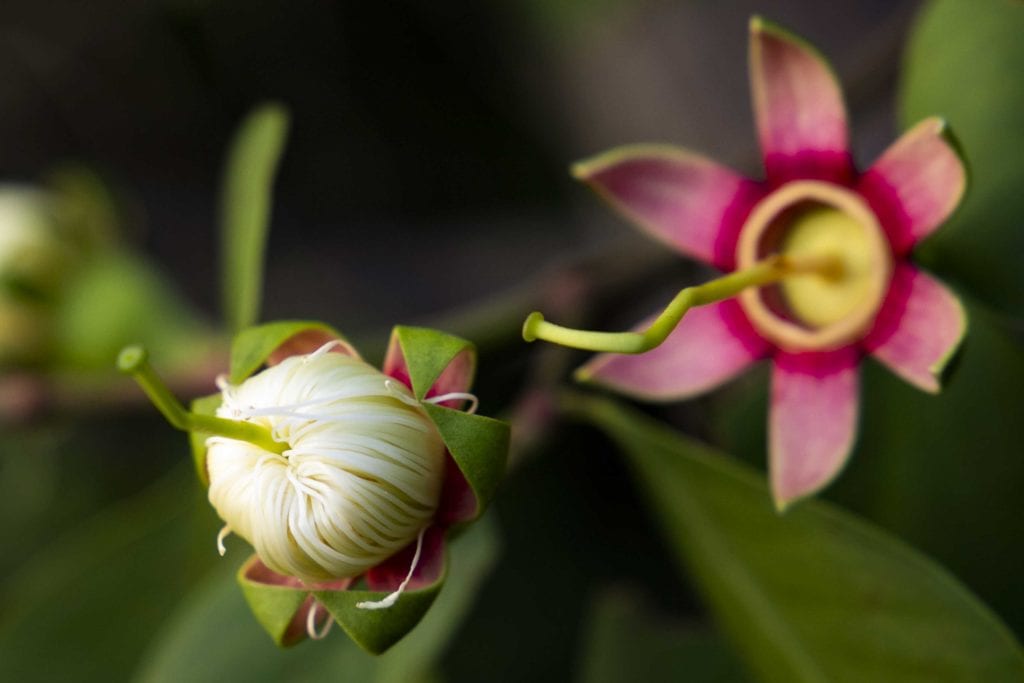
Hidden island wildlife encounters
Asian water monitor
There are about 50 species of monitor lizards known. The biggest of them can be found in Komodo, Indonesia. But for sure the Nusa islands have dragons too!
The Asian water monitor (Varanus salvator) is the most common monitor lizard in Asia. It makes for impressive island wildlife! You might see it swimming around the island’s mangrove forests. Their size is variable but they can become more than 2 meters long and weigh up to more than 20 kg.
Like snakes, they have forked tongues. This allows them to detect movements (and hence their prey), by ‘tasting’ the air. With a diet of crabs, fish, frogs, rodents or even birds, these predators have a pretty extensive a la carte menu to choose from.
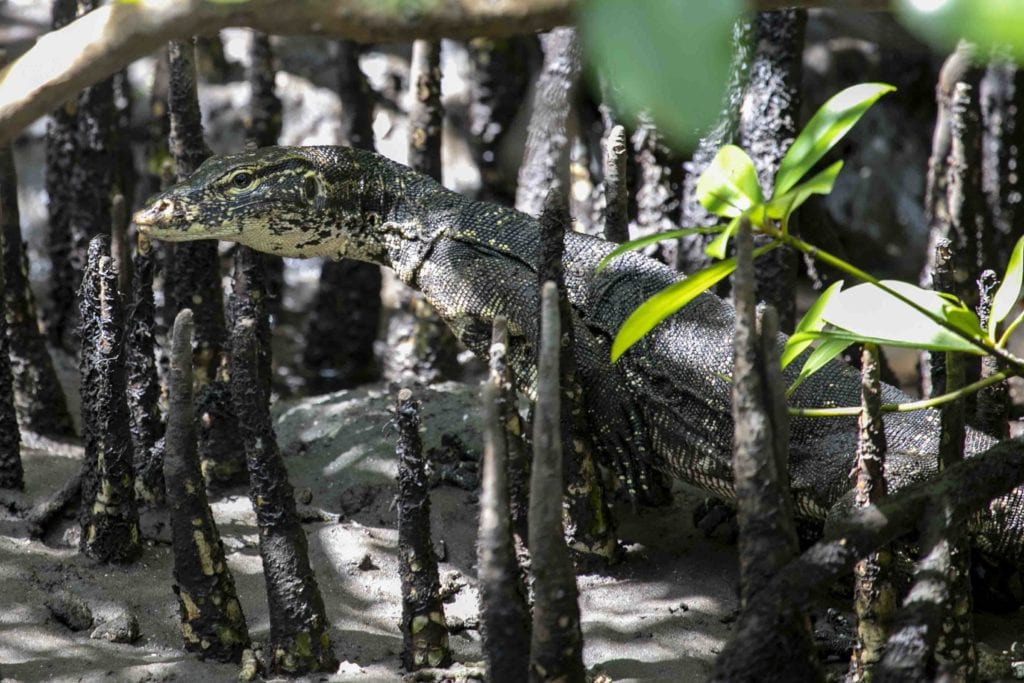
You won’t often see them in action, but chances are you might see one paddling along or basking in the sun. They don’t shy away from human-disturbed areas. Thus, a view on a quiet sandy patch between the mangroves might allow you a sneak peek on one of our local island dragons, working on its tan. After all, they need a little warmth before they can come into action.
The crab-eating frog
It’s all in the name. Although the crab-eating frog (Fejervarya cancrivora) is widely distributed in Indonesia, it still is something quite special in the Nusa island mangroves. It is the only known living amphibian species that can constantly inhabit saline waters.
That doesn’t mean it can just jump from the freshwater pool into the sea as we do. Still, it only needs just a few hours to adjust. This is impressive given the fact that amphibians have to deal with their permeable skin. The trick is in having less permeable skin than other frogs. Also, it increases urea production and retention. Simply said: it makes sure it doesn’t become flooded with salt water.
Being able to survive the salty waters of the Nusa islands’ mangroves allows this frog to extend its diet to a little meatier dish than insects. It’s able to hunt small crabs as well (surprise!).
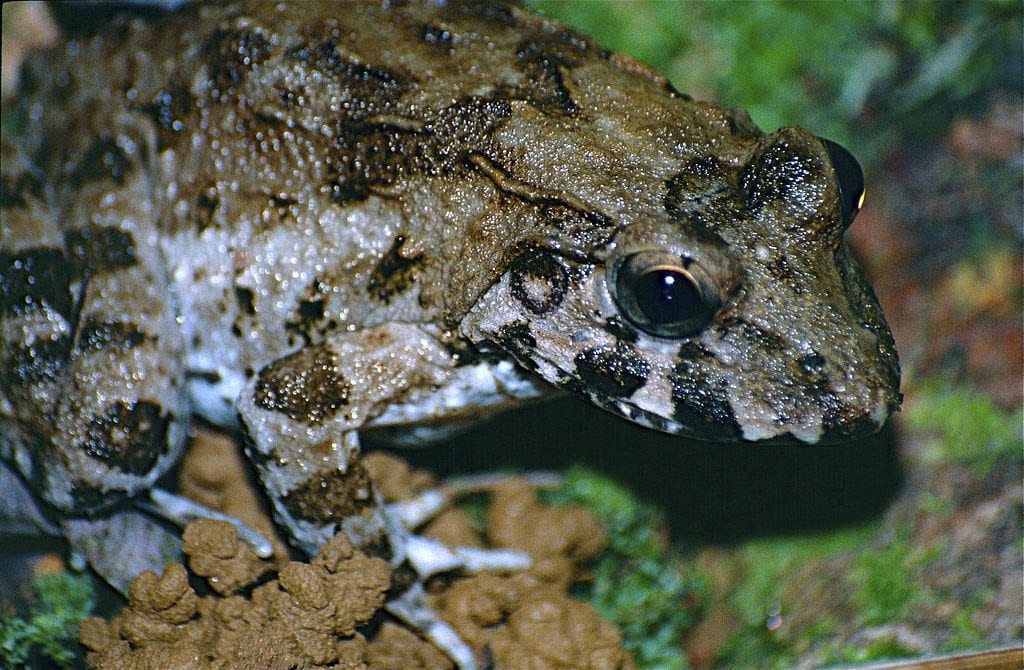
Common mudskipper
Similarly impressive are the abilities of mudskippers. These little creatures are found on the mudflats along Nusa Ceningan and Nusa Lembongan. Mudskippers are amphibious fish that can survive both in and out of the water. In their mangrove habitat, the latter is actually where it is found most of the time!
Mudskippers may look like dull, muddy creatures. You wouldn’t pay much attention to them at first glance. Yet, they have some impressive traits! The first one, obviously, having the ability to breathe out of the water. They do this by trapping water inside their large gill chamber, from which they take in oxygen. They also have the ability to breathe through the lining of their mouth and their skin (like amphibians).
If you come across mudskippers, it might be fun to observe them for a while. Out of the water, they are pretty active animals. They are often interacting with each other, with males showing off to attract females. Besides, their side pectoral fins allow them to skip across mudflats. They can even climb low branches and trees!
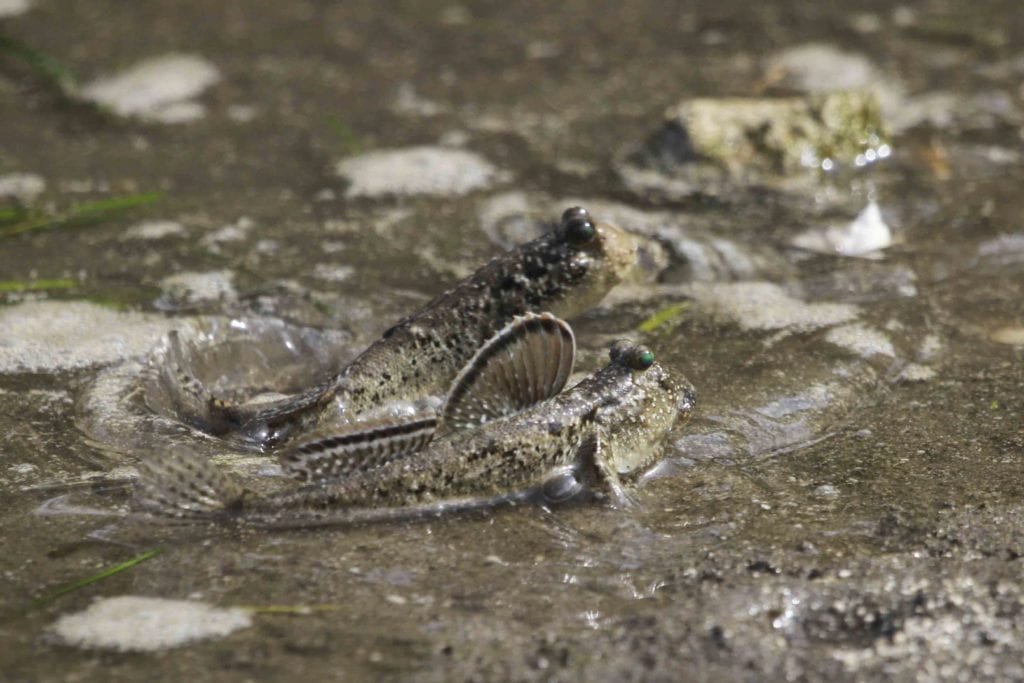
Fiddler crabs
Another mangrove species putting on quite a show for the ladies isn’t overlooked as easily. During your adventures on the Nusa islands, you’ll see them crawling around everywhere. Look at mangrove roots, intertidal flats and sandy or rocky shores. They come in many fascinating colours and sizes, but you will recognize them by the one big disproportionate claw of the males. The small claw is always used for feeding. The big claw, on the other hand, is used in courtship behaviour or combat over the ladies.
Fiddler crabs are true masters in sign language. They use their claw to communicate and perform a waving display as a mating ritual. Females choose their mate based on the quality of this little show and the claw size. And no, bigger is not always better!
Researchers found that claw size might also be related to burrow size. Burrow size in its turn determines the incubation period of the eggs. A female may, therefore, choose a mate with a claw that ensures her with a home that’s best for her offspring!
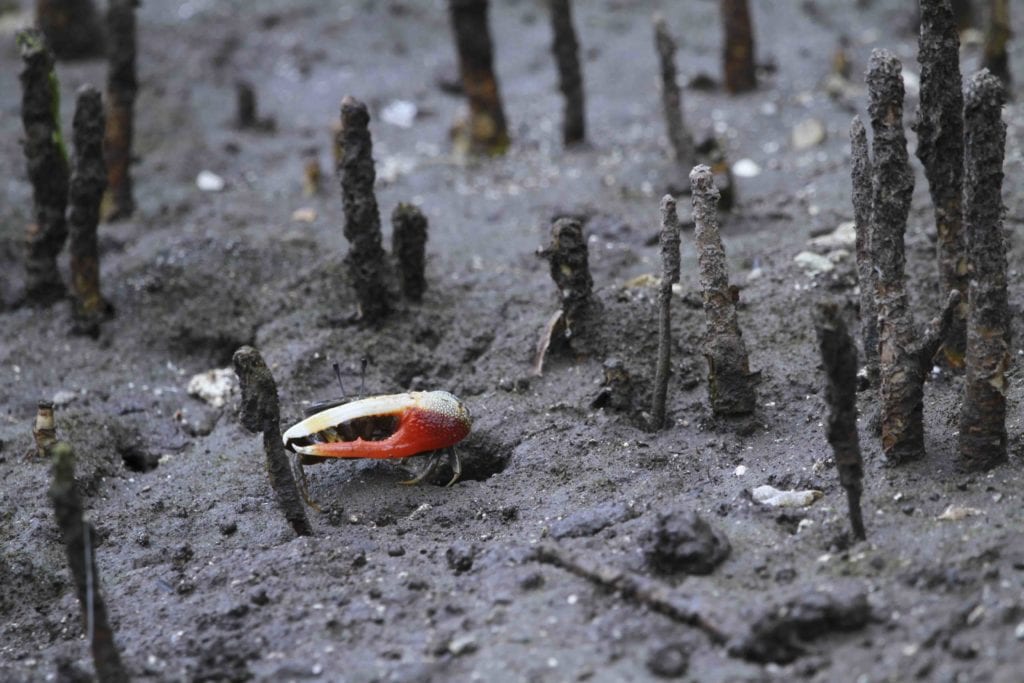
Asian vine snake
We don’t want to send you home with a scary bedtime story of course, but truth must be told: there are snakes in the tropics. Also in Indonesia and on our beautiful Nusa islands. A scary thought for one person, a reason to venture off the beaten track for the other.
One way or the other, it is worth knowing which slithering creatures are most common on your holiday destination. Chances are still small that you’ll encounter a snake if you don’t actively look for them or wander through the bush. Which is true for most island wildlife. At least you’ll know, however, when to be cautious and when to secretly admire them.
One snake species that could be encountered in the mangroves of Nusa Ceningan and Nusa Lembongan is the Asian vine snake (Ahaetulla prasina). This is typically a species that should strike more awe than fear. That is if you even ever see it at all.
The Asian vine snake can reach quite a considerable length of 1.8 meters but is extremely slender. It may look just like a vine (hence the name), which is an excellent form of camouflage! Its colouration is highly variable but it is mostly known for its astonishing fluorescent green skin.
Although the species is mildly venomous, it is not likely to display aggressive behaviour towards humans. Of course, unless you are a trained herpetologist, it is always wise to keep your distance and just be a secret admirer.
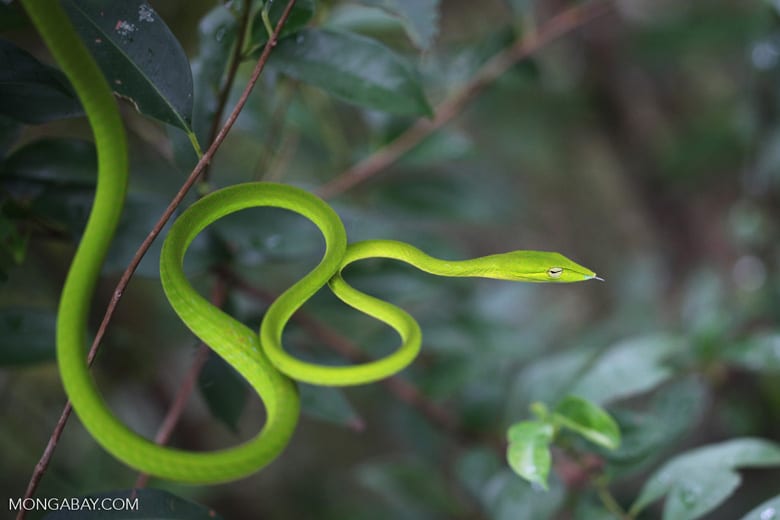
Photo by R. Butler.
Island beauty, shelter and safety worth protecting
It is clear that mangrove forests harbour high biodiversity and fascinating island wildlife. The mangroves on Nusa Ceningan and Nusa Lembongan being no exception. They are of extreme importance in coastal protection and an important source of income for local communities. Yet, they are threatened worldwide.
WWF states that more than 35% of the world’s mangroves are already gone. Clearing, overfishing and overharvesting are some of the major threats. On the Nusa islands waste washing out into the mangroves and pollution by man-made chemicals are, unfortunately, visible, everyday problems.
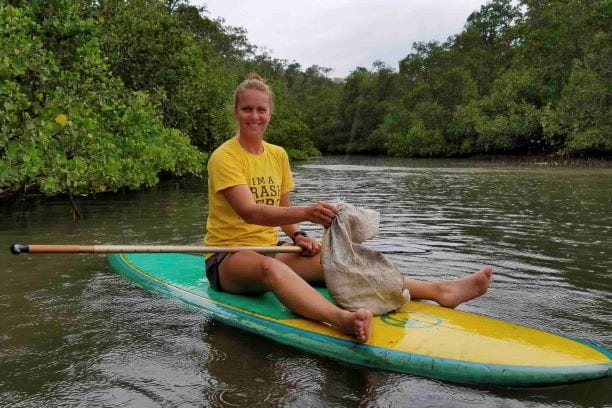
At Ceningan Resort we are dedicated to sustainable development. We strive to have a minimum environmental impact on nature around us. Therefore, we source organic cleaning products as not to pollute our island’s ecosystem. We eliminated single-use plastic products, recycle and host weekly Trash Hero Ceningan cleanups. And, recently, we started up our mangrove restoration project with our very own mangrove nursery.
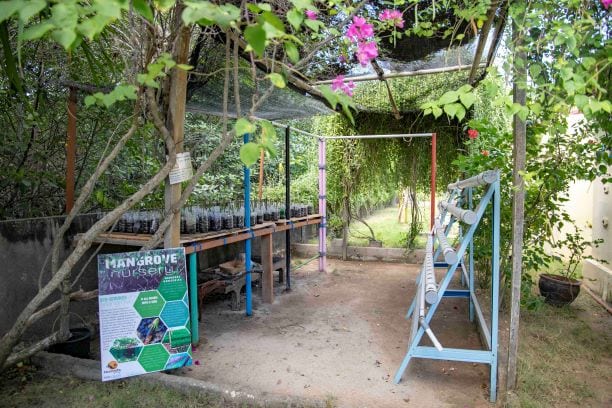
We’d love you to enjoy the beauty of the Nusa islands, but please enjoy it in a sustainable way. Together we can strive to protect our beautiful island surroundings. Nusa Ceningan, Nusa Lembongan and Nusa Penida have fascinating nature. If you are still wondering what to do in Nusa Lembongan or Nusa Ceningan, you know now where to look. But it also deserves our conservation efforts. For now and generations to come.

